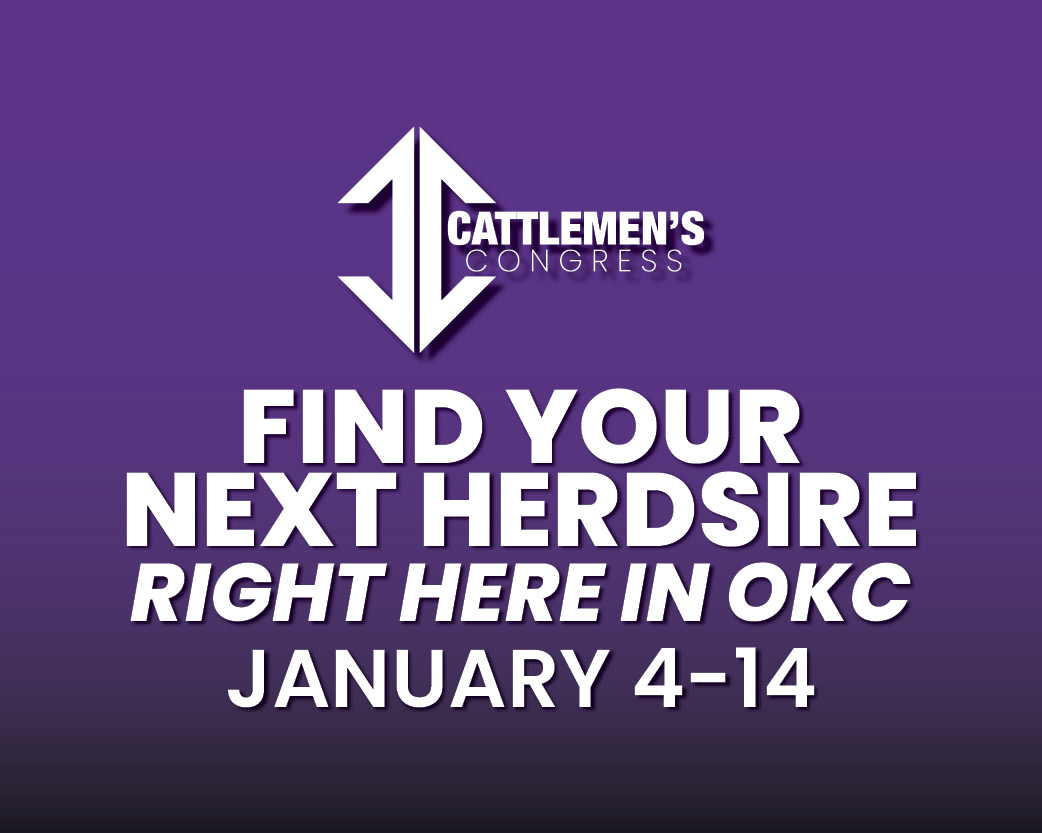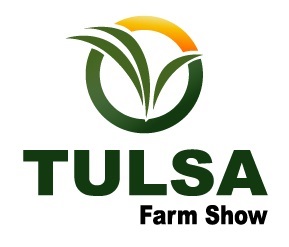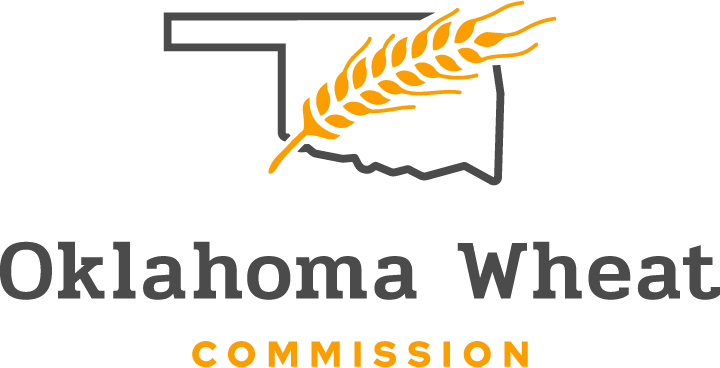
Agricultural News
Fridays on the Farm: Making Wetland Restoration History in Kansas
Fri, 25 Feb 2022 10:10:28 CST
 This Friday meet Max and Eweleen Good, the first landowners in Kansas to voluntarily participate in a USDA wetland restoration program in 1994. The Goods live on 40 acres northeast of Oswego, Kansas, in Labette County.
This Friday meet Max and Eweleen Good, the first landowners in Kansas to voluntarily participate in a USDA wetland restoration program in 1994. The Goods live on 40 acres northeast of Oswego, Kansas, in Labette County.
Their land likely started as tall grass prairie scattered with ponds before being used as farmland. By the time the Goods acquired the land, it was a successional tree stand with seasonal ponding. As curious naturalists, Max and Eweleen wanted to improve and restore their land to a natural state.
"Our goal was to hopefully replace what we took from earth, to educate others with examples by sharing our research and experiences," Max Good said.
Conservation Practice Implementation
In order to maximize the restorative impact, the Goods had to seasonally time the implementation of each conservation practice. The U.S. Fish and Wildlife Service began earthworks by immediately putting a dike and water control structure in place, followed by seeding with native grasses.
Adjacent land successional species and noxious weeds had a strong foothold on the land in and around the easement, so a regimen of periodic chemical and mechanical pest management treatment was necessary to remove unwanted species and to mitigate future colonization. These initial efforts quickly laid the foundation for a palustrine emergent wetland addition. Palustrine wetlands include all nontidal wetlands dominated by trees, shrubs, persistent emergent plants, or emergent mosses or lichens, as well as small, shallow open water ponds or potholes.
By January 1996, restoration was complete, making their wetland the very first to be protected and restored in Kansas. Early on Max and Eweleen could see the program benefits and encouraged friends and neighbors to participate. In 1995 there were 11 contracts and that grew to 26 contracts by 1996.
A Haven for Wildlife
The Goods participated in the USDA Natural Resources Conservation Service's Wetland Reserve Program, which is part of the Agricultural Conservation Easement Program. Wetland Reserve Easements provide habitat for fish and wildlife, improve water quality by filtering sediments and chemicals, reduce flooding, recharge groundwater, protect biological diversity, provide resilience to climate change, and provide opportunities for educational, scientific, and limited recreational activities.
From the start of the project, Max and Eweleen have journaled, documented, photographed, and meticulously identified all flora and fauna present whether permanent or simply passing through.
"Species records were kept from the beginning revealing an incredible migration stop," Max said. "We had no idea this water addition brought creatures never before seen on this ground."
Species sightings included ibis, black rail, eagles, pelicans, and osprey. Waterfowl numbers were in the thousands at prime time. River otter have been sighted along with nesting hooded mergansers, wood ducks, geese, and serval types of herons. Amphibians arrived seemingly from nowhere. Mammal, bird, and reptile predators came to live and chase prey. Plants had a new niche to grow in with pollinators and consumers following. Biodiversity as a complete system created a place for wildlife to live or rest during travel. The species counts doubled and then tripled.
This explosion in species diversity may be the reason Max and Eweleen spent many years working towards publishing a detailed picture book describing more than 300 species adorning this wetland and their adjacent lands. For the last 27 years, the Goods have studied the area and helped educate others by sharing their research and experiences.
"Build it and they will come has been the case for attracting waterfowl in our wetland project experience," Eweleen said. "Seems we have a really inviting bed and breakfast for locals and migrators."
The Goods never know what species will stop by next. Their most surprising visitor was a feral emu.
WebReadyTM Powered by WireReady® NSI
Top Agricultural News
More Headlines...





